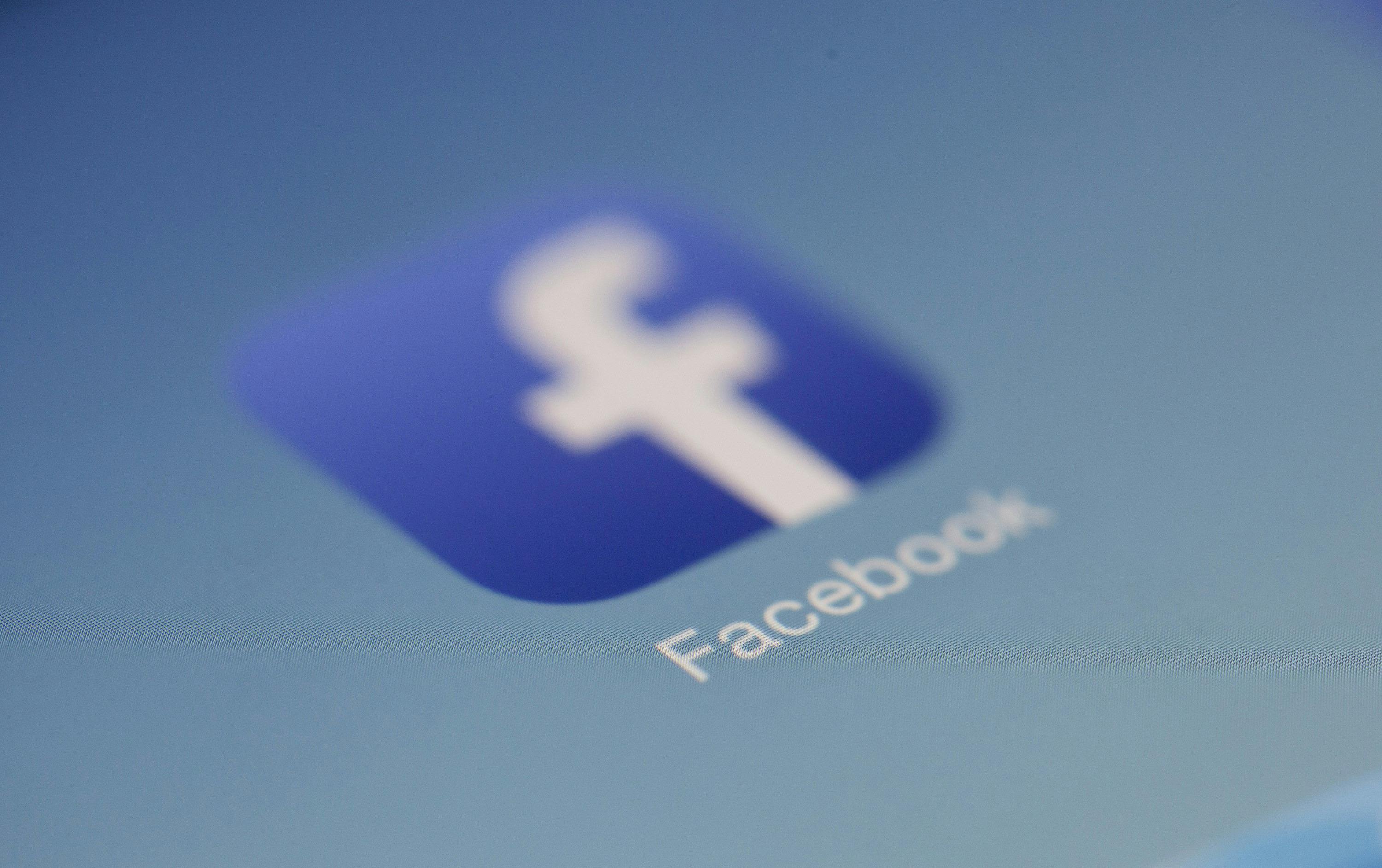Meta Meltdown: Facebook and Instagram Outages Disrupt Millions Across the U.S.
Introduction
On a regular day, millions of users across the U.S. log onto Facebook and Instagram to stay connected, share moments, and consume content. But today, the familiar feeds are silent. Meta, the parent company of both social media platforms, is facing a widespread outage, leaving users frustrated and disconnected. This unexpected disruption has caused a major stir, impacting everything from personal communications to business marketing efforts.
In this article, we dive into the details of the outage, what might be causing it, and what Meta is doing to resolve the issue. We'll also cover how long the disruption might last and what users can expect in the coming hours and days.
What Happened: The Outage Explained
Reports began flooding in early this morning from users across the United States, all experiencing similar issues—unable to access Facebook and Instagram, feeds not loading, and messaging services like Facebook Messenger failing to send or receive messages. The issue has been so widespread that millions of users were affected within a short span of time.
- Widespread Outage: According to data from Downdetector, reports of Facebook and Instagram outages began surging around 9 AM ET. Both platforms quickly saw a spike in reports from major U.S. cities, including New York, Los Angeles, Chicago, and Houston. Some users could still access the apps, but encountered glitches such as incomplete loading or errors when trying to post content.
- Service Disruption Extent: While the outage is most prominently affecting users in the U.S., some reports indicate that other countries, particularly in Canada and parts of Europe, are also seeing partial service disruptions.
What’s Behind the Outage?
Although Meta has not yet provided an official explanation for the outage, several potential causes are being speculated. Large-scale service outages of this magnitude are typically linked to a few common issues:
- Server or Infrastructure Failures: Facebook and Instagram rely on Meta’s global network of data centers and cloud infrastructure to operate smoothly. A server failure or data center issue could cause widespread outages if critical systems go offline unexpectedly.
- Software Update Glitches: It’s possible that a software update rolled out by Meta could have triggered unexpected bugs or conflicts in the platform's code, leading to the widespread failure. Such incidents have occurred in the past, with updates unintentionally causing service interruptions.
- Cyberattacks or Security Breaches: Another possibility is that Meta’s systems were targeted by a DDoS attack (Distributed Denial of Service) or another type of cyberattack, overwhelming the platforms’ servers and leading to downtime. However, Meta has not confirmed any evidence of such an attack.
- DNS Issues: Domain Name System (DNS) failures have been known to cause widespread outages for major internet platforms in the past. If Meta’s DNS systems are experiencing problems, this could prevent users from being able to load Facebook or Instagram.
How Long Will the Outage Last?
As of now, Meta has not given a specific timeline for when users can expect services to be fully restored. The company issued a statement acknowledging the issue:
"We are aware that some users are experiencing difficulties accessing Facebook and Instagram. Our teams are actively working to resolve the issue as quickly as possible."
Based on previous outages, similar disruptions have lasted anywhere from a few hours to several days, depending on the root cause. If the issue is related to software updates or DNS problems, it could potentially be resolved within a few hours. However, if the outage is the result of a larger infrastructure or cyberattack issue, recovery could take longer.
Impact on Users and Businesses
The outage has far-reaching implications, especially for those who rely on Facebook and Instagram for their personal communications or business operations:
- Personal Users: For individual users, the downtime is an inconvenience. With both Facebook and Instagram offline, millions of people are unable to communicate via Facebook Messenger, view or share updates, or engage with friends and family. Some users have taken to alternative platforms like Twitter to vent their frustration or check for updates on the issue.
- Businesses: For businesses, particularly those that rely heavily on social media for marketing, customer engagement, or sales, the outage represents a major disruption. Many brands use Instagram and Facebook ads, Stories, and posts to reach their audience. Without access to these platforms, businesses may experience a temporary halt in online promotions and consumer interactions.
- Influencers and Content Creators: Social media influencers and content creators, who depend on Instagram to reach their followers and post sponsored content, are also feeling the pinch. Scheduled posts, live streams, and other engagements are currently stalled, affecting reach and potentially even income for those in the social media space.
Meta’s Plans for Resolving the Outage
Meta is aware of the significant disruption the outage is causing and is reportedly working on restoring services as soon as possible. Here’s what they are focusing on:
- Technical Teams on the Ground: Meta’s engineering and technical teams are working around the clock to diagnose the issue and get the platforms back online. Whether the issue is a simple software glitch or a more complex infrastructure problem, Meta is known for having a responsive and highly skilled team to address such crises.
- Communication with Users: While Meta has not yet provided a detailed explanation, they are keeping users informed via their official Twitter accounts and other communication channels. It is expected that updates will continue to roll out as the company makes progress in resolving the issue.
- Future Preventative Measures: Once the outage is resolved, Meta will likely implement measures to prevent similar incidents from occurring in the future. This could include reinforcing server infrastructure, optimizing software updates, and tightening cybersecurity protocols if necessary.
What Can Users Do in the Meantime?
While Facebook and Instagram remain down, users can try the following:
- Check for Updates: Stay updated through official Meta channels on Twitter or use Downdetector to monitor the outage status.
- Alternative Platforms: Use alternative platforms such as Twitter, WhatsApp, or TikTok to communicate or stay connected during the outage.
- Patience and Persistence: Outages like these are frustrating, but they are typically temporary. Meta has dealt with similar issues before and managed to restore services relatively quickly.
Conclusion: A Frustrating but Fixable Problem
Meta’s Facebook and Instagram outages have caused significant disruption for millions of users across the U.S., affecting personal communications, businesses, and social media influencers alike. While the cause of the outage is still unclear, Meta is working to resolve the issue and restore services as quickly as possible.
In the meantime, users are encouraged to stay informed and explore alternative platforms for communication. With Meta’s robust technical expertise, there’s every reason to believe that Facebook and Instagram will be back online soon, helping users reconnect and continue their digital lives.
Order Now
Looking for alternative social media or communication platforms? Explore our top-rated providers here.




